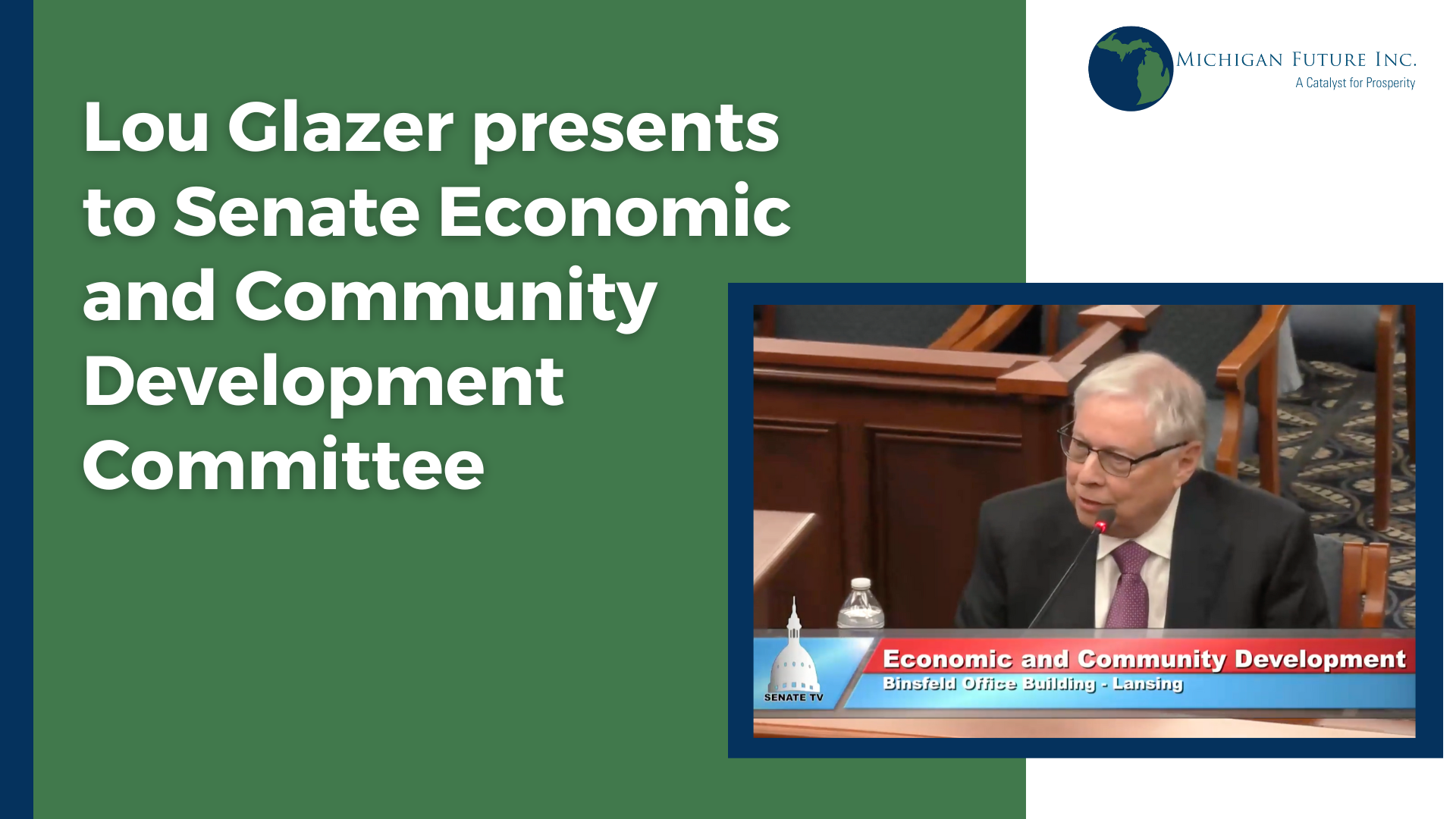More evidence that the conventional wisdom that a strong safety net leads to a weak economy is not accurate. As we explored previously that is one of the lessons we should learn from Minnesota. Which has a far more generous safety net than Michigan and the strongest economy in the Great Lakes in terms of both employment and personal income.
Richard Florida tackles the topic in a City Lab column entitled “Inequality and the Growth of Cities”. He writes about his own research on American metropolitan areas and reviews research at the national level on the topic by the International Monetary Fund. Finding no evidence that a strong safety lessens economic growth, Florida concludes:
What it boils down to is this: Cities and nations face a choice about inequality. They can permit the gap between the rich and poor to gape even wider, allowing those at the bottom to fall through a porous safety net. Or they can take the high road, combating inequality through redistribution and other mechanisms without giving up their growth.
The New York Times looks at the effects of a strong safety net on national employment in an article entitled “A Big Safety Net and Strong Job Market Can Coexist. Just Ask Scandinavia.” They write:
Some of the highest employment rates in the advanced world are in places with the highest taxes and most generous welfare systems, namely Scandinavian countries. The United States and many other nations with relatively low taxes and a smaller social safety net actually have substantially lower rates of employment. … In short, more people may work when countries offer public services that directly make working easier, such as subsidized care for children and the old; generous sick leave policies; and cheap and accessible transportation.
In addition the article lists “higher minimum wage, stronger labor unions and cultural norms that lead to higher pay” as other policy differences that distinguish Scandinavia from the United States.
Subsidized care for children and the old; generous sick leave policies; cheap and accessible transportation; higher minimum wage; stronger labor unions; and cultural norms that lead to higher pay, of course, are the kind of policies we are constantly told lead to slower economic growth and less employment. Seems like its time to put them back on the more and better jobs agenda.






